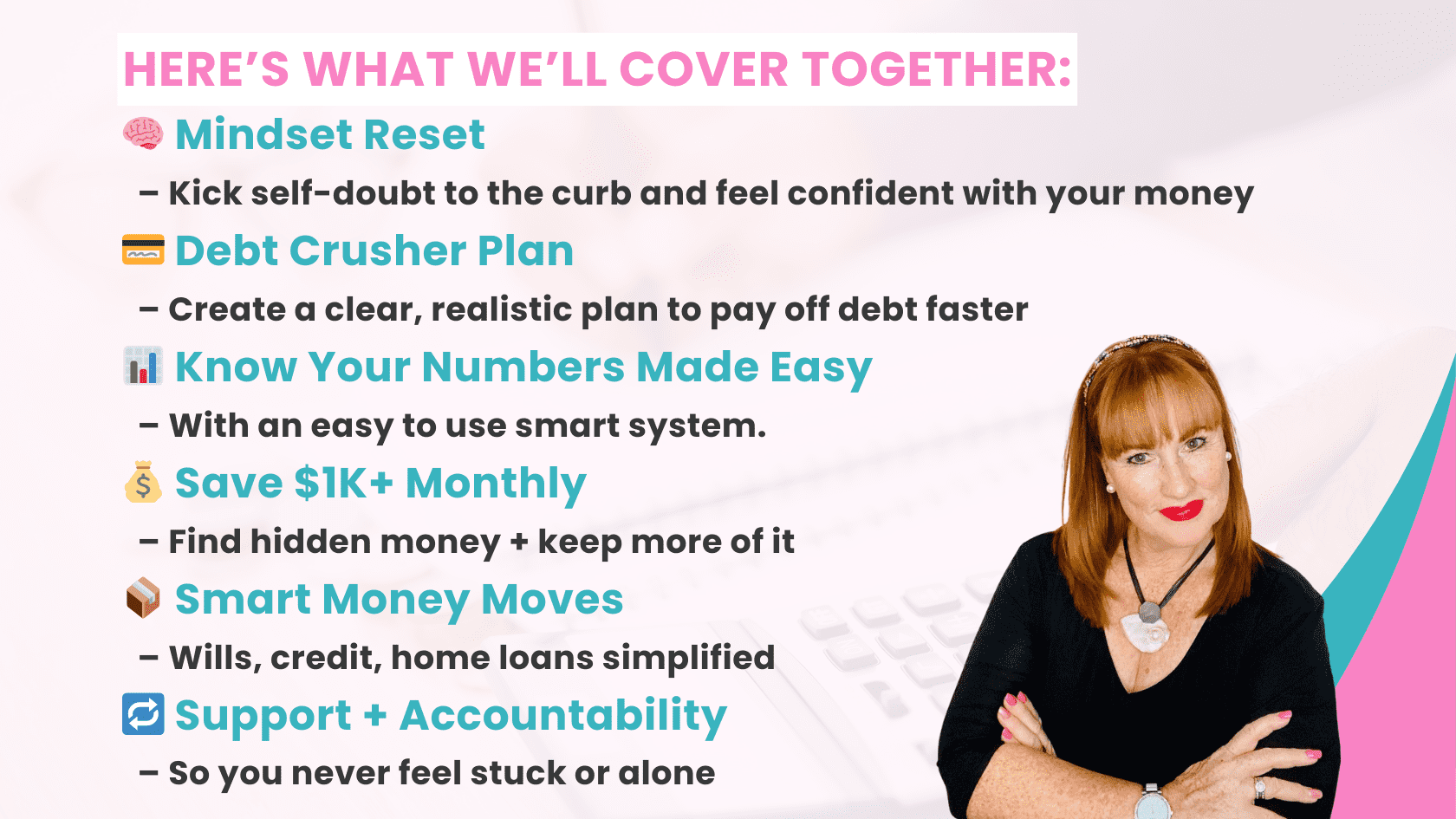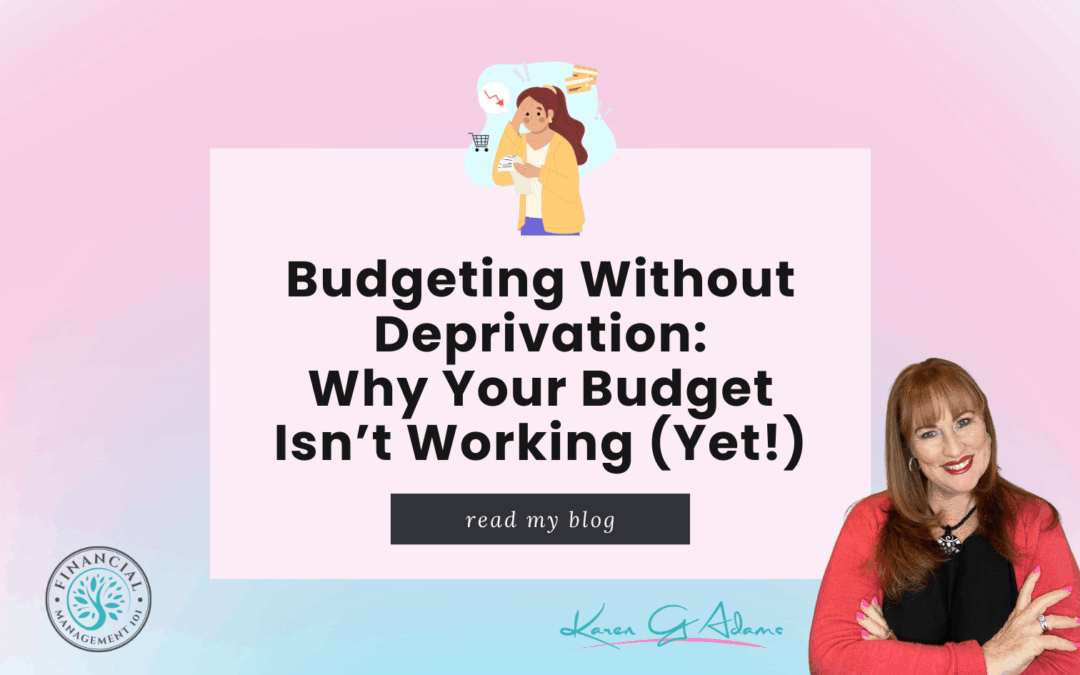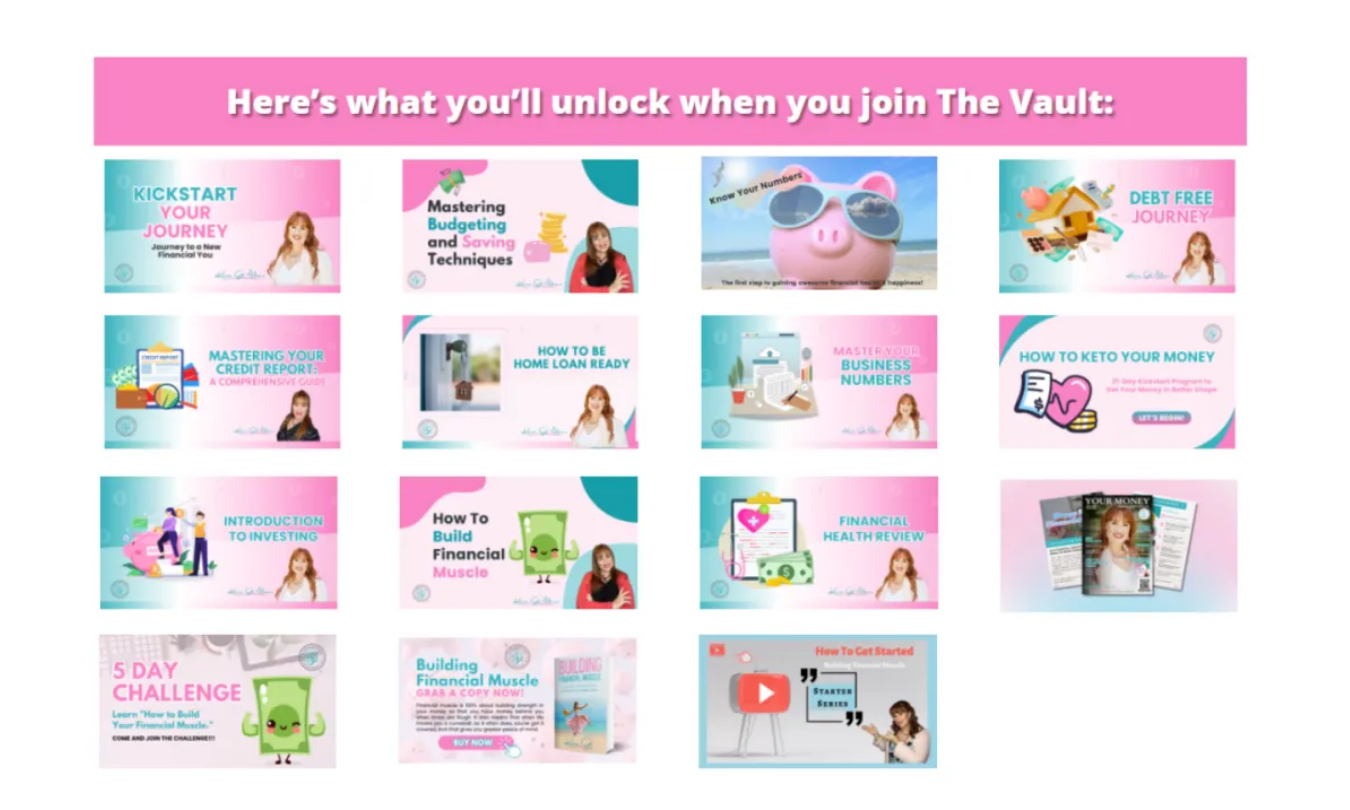
What Is Financial Muscle and Why You Need It to Win With Money
Imagine this:
You walk into a store, see something you want, and buy it without stressing over your bank account. You check your finances weekly – not with dread, but with confidence. You have savings, investments, and a clear plan for your financial future.
That, my friend, is what it looks like to have financial muscle. But here’s the truth: Most people don’t have it. And even fewer know how to build it. In this blog, we’re diving into:
- What financial muscle really means
- The advantages of building it (and the disadvantages if you don’t)
- Why it matters more than ever right now
- How you can start strengthening yours today
Let’s go!
? What Is Financial Muscle, Anyway?
Financial muscle is your ability to make money work for you. It’s a mix of mindset, knowledge, habits, and systems that give you control over your finances – instead of the other way around.
Think of it like going to the gym. When you first start working out, everything feels awkward and hard. But the more consistent you are, the stronger and more confident you become.
Your financial muscle works the same way. It’s built by:
- Mastering your money mindset
- Creating strong financial foundations (like budgeting and saving)
- Knowing your numbers (and facing them with clarity)
- Managing debt with a plan
- Understanding credit and how it works for you
- Building wealth step-by-step
- Protecting that wealth through planning and legacy tools
Sound like a lot? Don’t worry, it’s a process, and you don’t have to do it alone.

✨ How Do You Know If You Have Financial Muscle?
Let’s use the Financial Management 101 diagram to break it down:
? Bottom of the diagram (weakest financial muscle):
- Struggling
- Overwhelmed
- Frustrated
- Surviving
You’re paycheck to paycheck. You avoid looking at your bank account. You feel like you’re constantly reacting to money problems instead of planning ahead.
? Middle of the diagram (gaining strength):
- Debts are getting paid off
- You’re focused
- You’re learning and building financial muscle
You’ve started budgeting. You’re more aware of spending. You might still have debt, but now you have a plan.
? Top of the diagram (fully flexed financial muscle):
- Confident
- Happy
- Designing life on your terms
- Financially free
You’ve mastered your money. You make empowered decisions. Your money works for you through investments, automation, and a strong mindset. You’re no longer surviving – you’re thriving.
Where are you right now?
? The Advantages of Building Financial Muscle
Let’s get real: when your money is in order, your whole life feels lighter. Here are the top benefits of building your financial muscle:
1. Confidence & Clarity
You no longer fear checking your bank balance. You know your numbers and make decisions with confidence

2. Less Stress, Better Health
Financial stress is linked to anxiety, sleepless nights, and even health problems. With a plan, that stress melts away.
3. Stronger Relationships
Money is one of the top causes of relationship tension. When you and your partner are aligned financially, you reduce conflict and build trust.
4. More Freedom
Savings, investments, and smart planning give you options: travel, change careers, retire early, or support loved ones.
5. Resilience in Tough Times
Emergencies don’t knock you out. You have a buffer, a plan, and a mindset that helps you bounce back.
6. The Ability to Build Wealth
Wealth isn’t just for the rich. Anyone can build it with the right tools and habits.
? The Disadvantages of NOT Building Financial Muscle
Let’s flip the script. When you don’t build your financial muscle, here’s what often happens:
- You live paycheck to paycheck, even as income grows
- You feel guilt or shame about spending
- Debt piles up and feels unmanageable
- You avoid financial conversations
- Opportunities pass you by (because you’re not prepared)
- You feel stuck and powerless
- Your future feels uncertain
Worse, you might end up in what we call the burnout spiral:
Work more hours to make ends meet → Get overwhelmed and stressed → Spend to cope → Fall deeper into debt → Repeat.
You deserve better than that.
? Why Now Is the Perfect Time to Start
If you’re reading this, it’s because you want more.
More confidence. More clarity. More freedom.
That’s what we help you build inside the Financial Freedom Breakthrough Program – launching September. This program is designed to help you:
- Shift your mindset around money
- Lay powerful financial foundations
- Understand your numbers (without fear!)
- Create a plan for debt, savings, and credit
- Build wealth
- Protect it for generations to come
You’ll build financial muscle step-by-step, with accountability and coaching to support you every step of the way.
? Ready to Start Building?
Here are 3 things you can do right now:
- Take our free “Financial Muscle Check-In Quiz” to find out where you stand.
- Join the waitlist for the September launch and get exclusive bonuses.
- Share this blog with a friend who’s ready to grow with you.
? Final Thoughts
Building financial muscle isn’t just about money. It’s about power. Peace. Possibility.
You don’t have to live in survival mode anymore. You can rise.
And we’re here to help you do it.
Let’s flex that financial muscle – and build a life of freedom, confidence, and abundance.




















